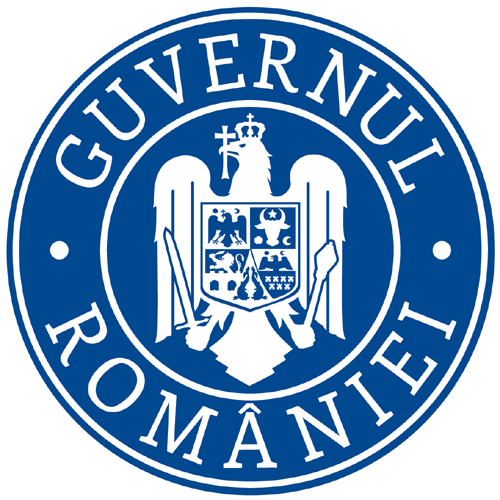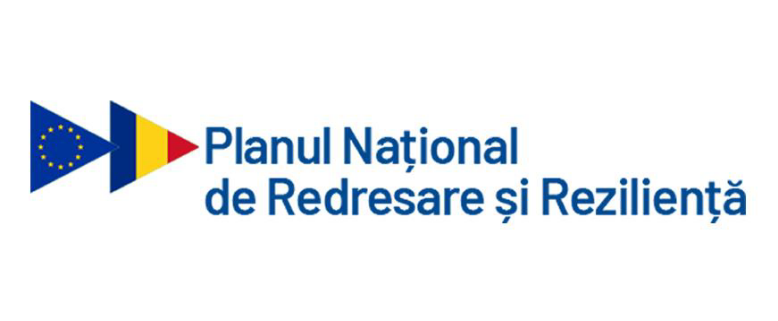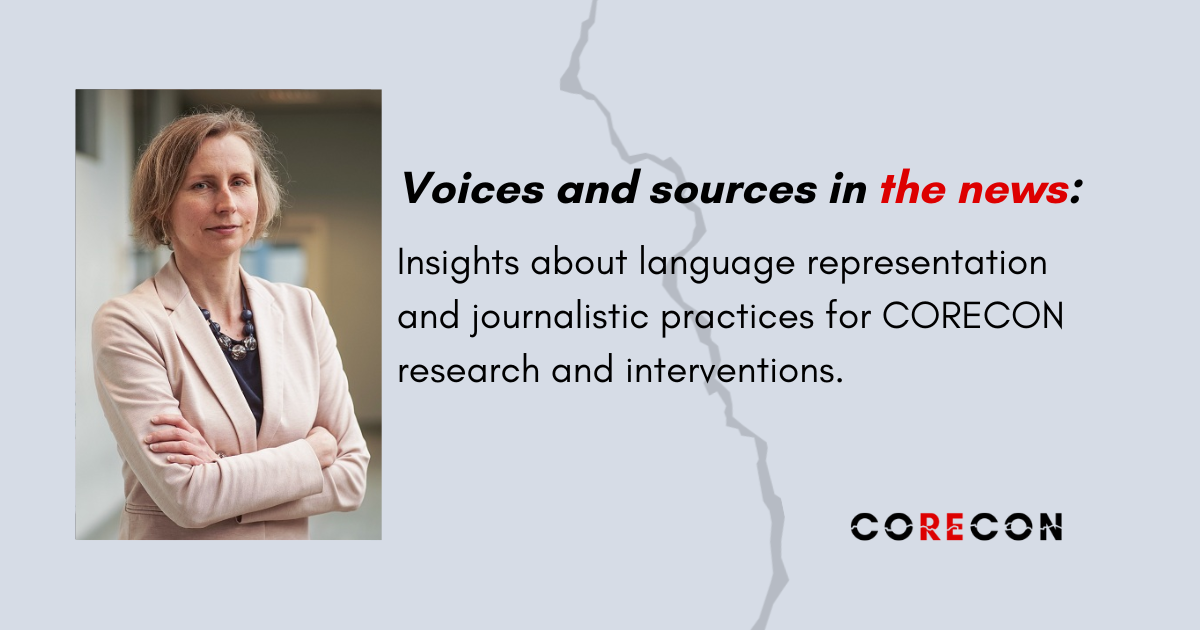The fifth biennial conference of the Brussels Institute for Journalism Studies (BIJU) and the Department of Applied Linguistics of Vrije Universiteit Brussel (VUB) in Belgium on 12-13 December 2024 brought together over 60 researchers from Europe, America, Asia and Africa, to discuss the topics of “Look Who’s Talking: Voices and Sources in the News.” (Details of the conference concept here https://www.vub.be/en/event/voices-and-sources-in-news)
According to the conference organizers, “voice” can be understood, “in a political and a moral sense, as the articulation of an embodied social orientation, point of view or perspective, essentially tied to a particular positionality,” which is also related to larger issues of human rights or social values, fundamental to the ideas of democratic deliberation. At the same time, one needs to acknowledge that certain discourses are marginalized, underrepresented, suppressed, or social actors are otherwise “silenced” or “voiceless.” Journalism can empower these actors to talk back, counter hegemonic discourses, and reverse traditional source hierarchies.
From a journalism studies perspective, studying news and public affairs discourses makes us aware of the sources cited in the text. There is a history of journalistic practices privileging elite sources and using textual patterns of normalizing and legitimizing their perspectives as universal. This is why the study of quoting techniques and attribution of information is helpful in mapping which voices are present in the news and how they are represented. Narrative tenses, verb choice and register also play a significant role, for example to examine how journalists deal with argumentation, evidentiality or hate speech.
The conference was organized around three keynote lectures and twelve sessions. Patricia Moy (Washington University, US) delivered an opening talk on “Cutting through the clamor: Revisiting voices in today’s political landscape.” The linguistic perspective on voice was highlighted by Lieven Vandelanotte (Université de Namur, Belgium) with “Fake quotes, fake news? Reappraising forms and functions of speech and thought representation.” Meanwhile, Laura Postma, a former foreign correspondent and doctoral candidate at Leiden University, shared her experience in “Becoming the Face of the Conflict: The Role of Foreign Correspondents in Covering the 2023/2024 Israel-Gaza War.”
The sessions were organized to bring researchers who study similar issues together. They were devoted to the voices of the communities and the cultural others, translation aspects of voicing/sourcing in the news, diversity, authority and conflict reporting, journalistic epistemologies, environmental journalism, ideologies and biases, as well as alternative or expert voices, including digital news and disinformation.
CORECON project was represented at the conference by Katarzyna Molek-Kozakowska, who shared her pilot analysis of Twitter/X posts (and comments to them) from the Polish-language corpus compiled within CORECON. Her presentation, entitled “From silence to salience” Voices behind polarized deliberation on the Ukraine war in Poland’s social media,” introduced the project and the background theory and previous research that informs it, particularly when related to issues of (non) deliberation and antisystemic (counter) publics identified in the Polish blogosphere. She presented the results of an analysis of two prominent X accounts: @WarNewsPL and @LukaszBok in an attempt to map the sources referred to in the first and second year of the war, the national and ideological positions of these sources, the content of the posts and the ratio of voices that represent Russian Ukrainian or other parties. Due to an analysis of comments to top posts by @LukaszBok in a fairly tumultuous month of March 2024 (Sweden joining NATO, munitions deals, Russian elections, a terrorist attack on a Moscow theatre), it turned out that anti-war, anti-NATO, anti-Ukrainian and anti-governmental comments were on the rise, perhaps as a result of disinformation campaigns.
Text by Katarzyna Molek-Kozakowska





